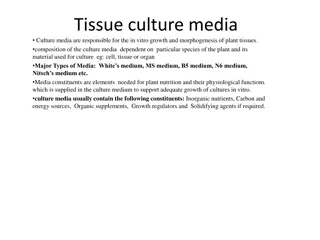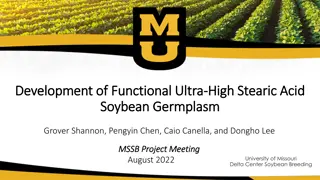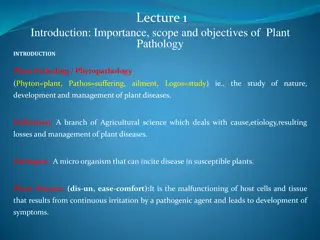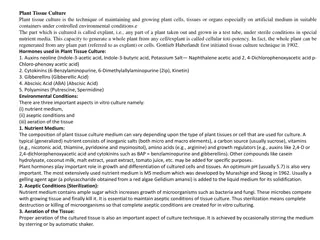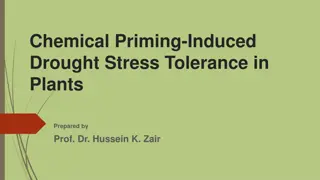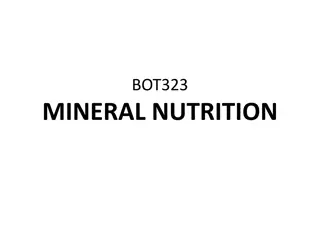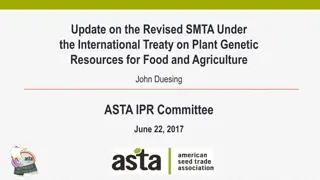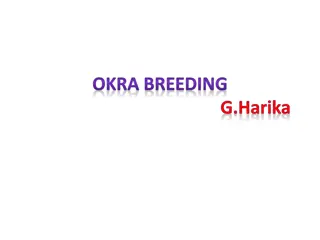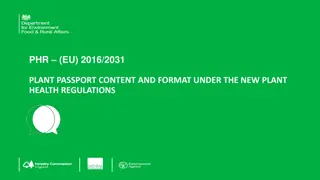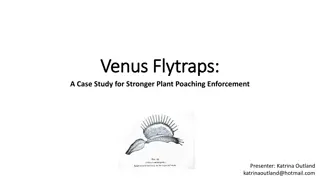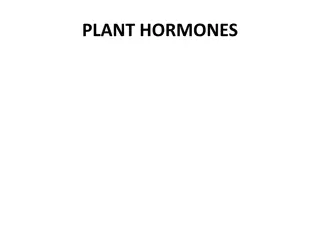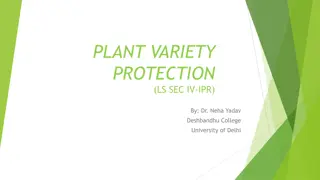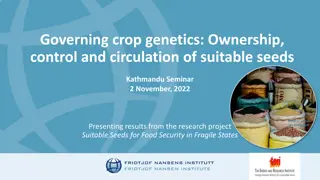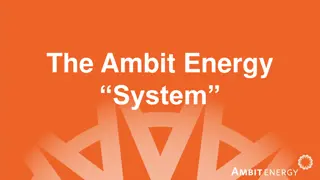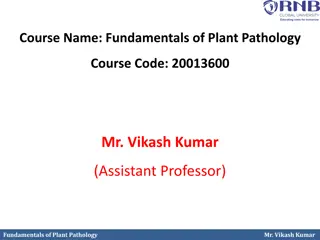Challenges and Prospects for the National Plant Germplasm System
The National Plant Germplasm System (NPGS) faces key challenges such as expanding operational capacity, managing backlogs, meeting rising demand, and dealing with increased costs. Additionally, there is a need to invest in research and development, personnel transitions, and conservation methods. Explore more at the provided link: https://www.ers.usda.gov/amber-waves/2022/june/investment-in-u-s-.public-agricultural-research-and-development-has-fallen-by-a-third-over-past-.two-decades-lags-major-trade-competitors/?cpid=email#.
Download Presentation

Please find below an Image/Link to download the presentation.
The content on the website is provided AS IS for your information and personal use only. It may not be sold, licensed, or shared on other websites without obtaining consent from the author. Download presentation by click this link. If you encounter any issues during the download, it is possible that the publisher has removed the file from their server.
E N D
Presentation Transcript
The National Plant Germplasm System: 2023 Status, Prospects, and Challenges Peter Bretting USDA/ARS Office of National Programs Peter.bretting@usda.gov Cell: 1.240.447.9983
NUMBEROF NPGS ACCESSIONS 2013-2022 610,000 605,700 600,092 596,000 596,200597,400 600,000 NPGS Accessions 590,000 587,000 580,000 577,000 574,000 570,000 570,000 564,000 560,000 550,000 540,000 2013 2014 2015 2016 2017 2018 2019 2020 2021 2022
DEMANDFOR NPGS GERMPLASM 2013-2022 350,000 Germplasm Distribution 279,000286,700 300,000 267,000 249,000 247,000 246,000 236,000 250,000 233,500 219,000 188,900 200,000 150,000 100,000 50,000 0 2013 2014 2015 2016 2017 2018 2019 2020 2021 2022
ARS NATIONAL PLANT GERMPLASM SYSTEM BUDGET 2013-2022 $60,000,000 $51.5M $49.7M $50,000,000 $46.6M $47.2M $44.3M $44M $44M $44M $44M $42M $40,000,000 $30,000,000 $20,000,000 $10,000,000 $0 2013 2014 2015 2016 2017 2018 2019 2020 2021 2022
ARS NPGS real (deflated) budget, 2009-2018 60.0 50.0 millions 2012 dollars (ERS research deflator) 40.0 30.0 20.0 10.0 0.0 2009 2010 2011 2012 2013 2014 2015 2016 2017 2018
ARS NPGS real (deflated) budget, 1992-2018 60.0 50.0 millions 2012 dollars (ERS research deflator) 40.0 30.0 20.0 10.0 0.0 199219931994199519961997199819992000200120022003200420052006200720082009201020112012201320142015201620172018
Some key challenges for the NPGS Expanding the NPGS operational capacity and infrastructure to reduce PGR management backlogs and meet increased demand for PGR and associated information. Increased operational costs (labor, inputs, overall inflation). See https://www.ers.usda.gov/amber-waves/2022/june/investment-in-u-s- public-agricultural-research-and-development-has-fallen-by-a-third-over-past- two-decades-lags-major-trade-competitors/?cpid=email# NPGS personnel transitions hiring, training, etc. Developing and applying cryopreservation and/or in vitro conservation methods for clonal and some seed PGR. BMPs and procedures for managing accessions (and breeding stocks) with an increasing diversity of GE traits in more crops, the occurrence of adventitious presence (AP), and the products of gene editing. Acquiring and conserving additional PGR, especially of crop wild relatives.
PGR Management Priorities: Foundations for Crop Innovation Characterization Evaluation Enhancement Research in support of the preceding priorities Acquisition Maintenance Regeneration Documentation and Data Management Distribution
NPGS Personnel Transitions Farewell and best wishes to Stephanie Greene, Curator, (ARS- Ft. Collins); Karen Williams (ARS- Beltsville) and Kim Hummer, RL (ARS-Corvallis). Welcome and best wishes to Robert Krueger, RL (ARS-Riverside); and Marilyn Warburton, RL, Sarah Dohle, Curator, Paul Galewski, Curator, and Bailey Hallwachs, SOS Coordinator (ARS-Pullman); Rebecca Povilus, Curator (ARS-Geneva) and Claire Heinitz, RL (ARS-Davis and Parlier). We are recruiting staff at Ft. Collins, CO; Corvallis, OR; and Parlier, CA.
PGR Management Training Initiative Numerous NPGS PGR managers have retired recently; no formal, comprehensive program existed for training new PGR managers. G. Volk (ARS-Ft. Collins) and P. Byrne (CSU-Ft. C.) lead a project, supported by ARS and a NIFA grant, to design and develop a training program for PGR management to be delivered primarily through distance-learning. A now three module, 3 credit hour Colorado State online course Plant Genetic Resources: Genomes, Genebanks, and Growers to be taught in Aug.-Sept. 2022-- the first time for the three-part course. http://pgrcourse.colostate.edu/ Numerous PGR training/educational materials are freely accessible from GRIN-University at https://grin-u.org/ Infographic posters for PGR, genebanks and conservation, and PGR and food security in 6 languages; download at http://genebanktraining.colostate.edu/trainingmaterials.html
FY 22 ARS NPGS Budgetary Increases Pecan PGR (ca. $600,000): College Station, TX. Coffee PGR (ca. $250,000): Hilo, HI Pulse PGR (ca. $100,000) Pullman, WA Pulse PGR (ca. $100,000) Urbana, IL
Status of Congressionally-directed NPGS Plan Reviewed by NPGCC Extensive input from National Genetic Resources Advisory Council (NGRAC) Reviewed and approved by ARS and REE Reviewed and approved by WH OMB Process estimated as 85% complete
Adapting the NPGS to rapid global warming Crop Science article published 25 May 2023 Includes case studies, software for estimating future conditions, identification of potential adaptive strategies and actions.



